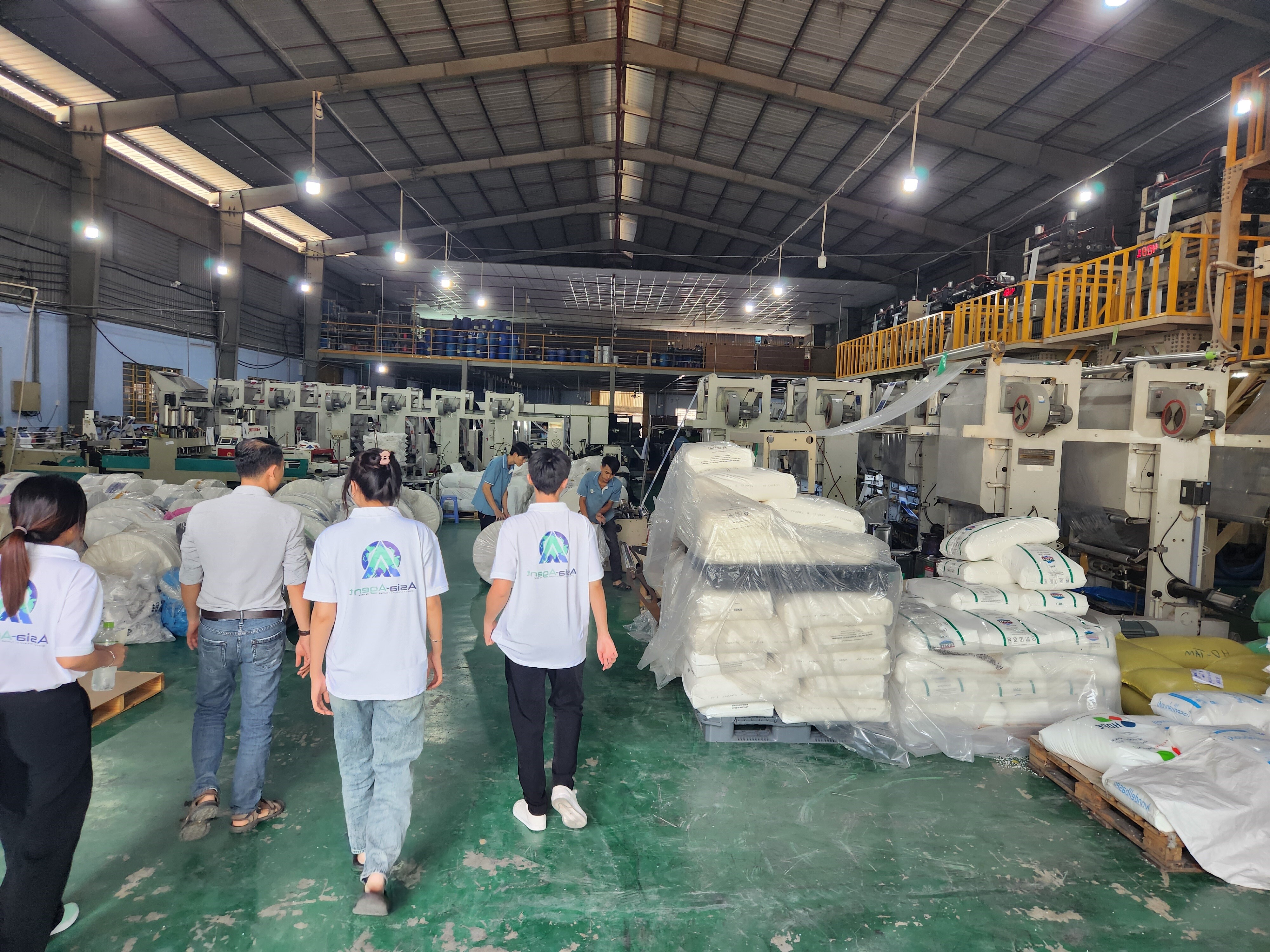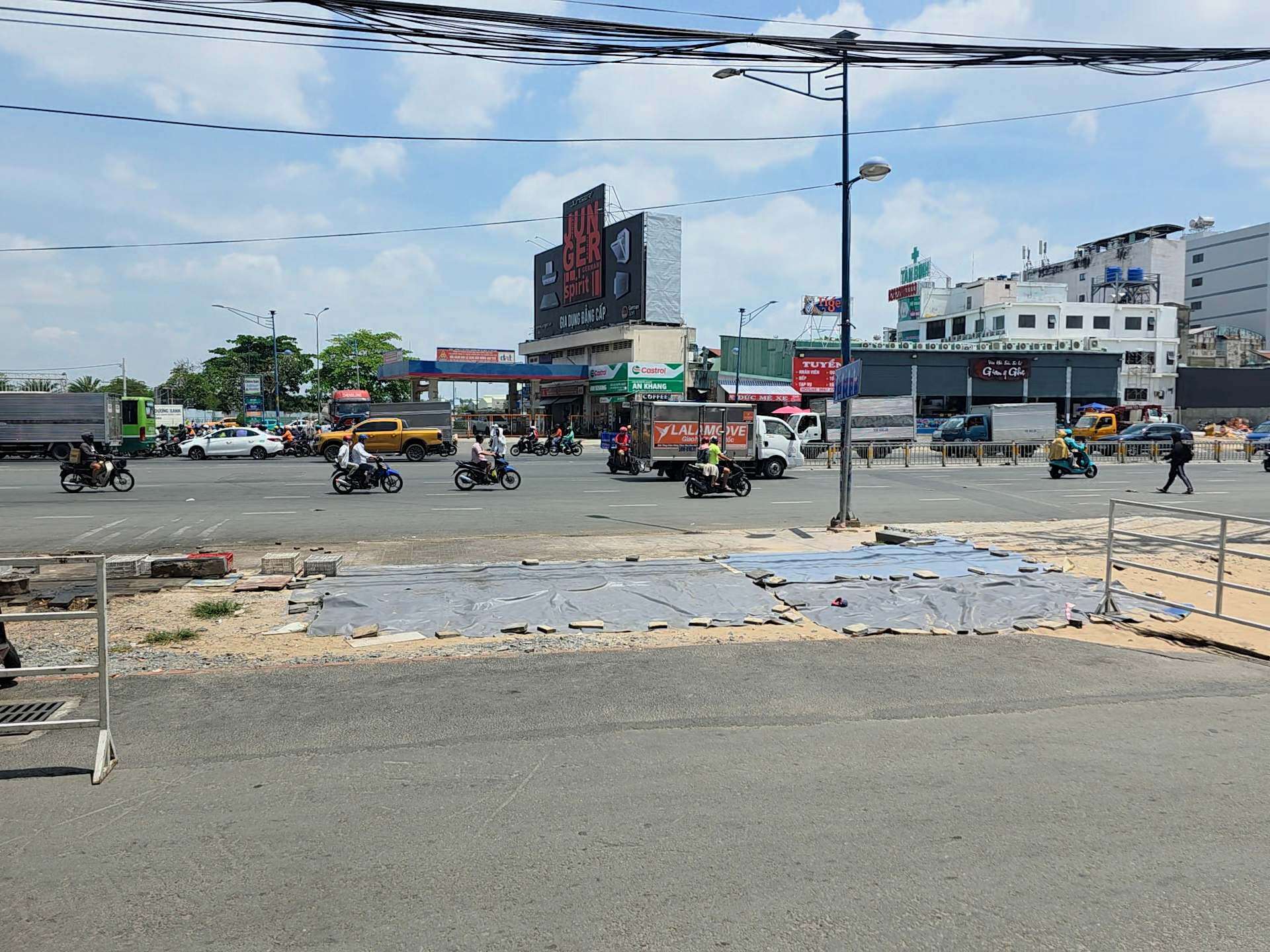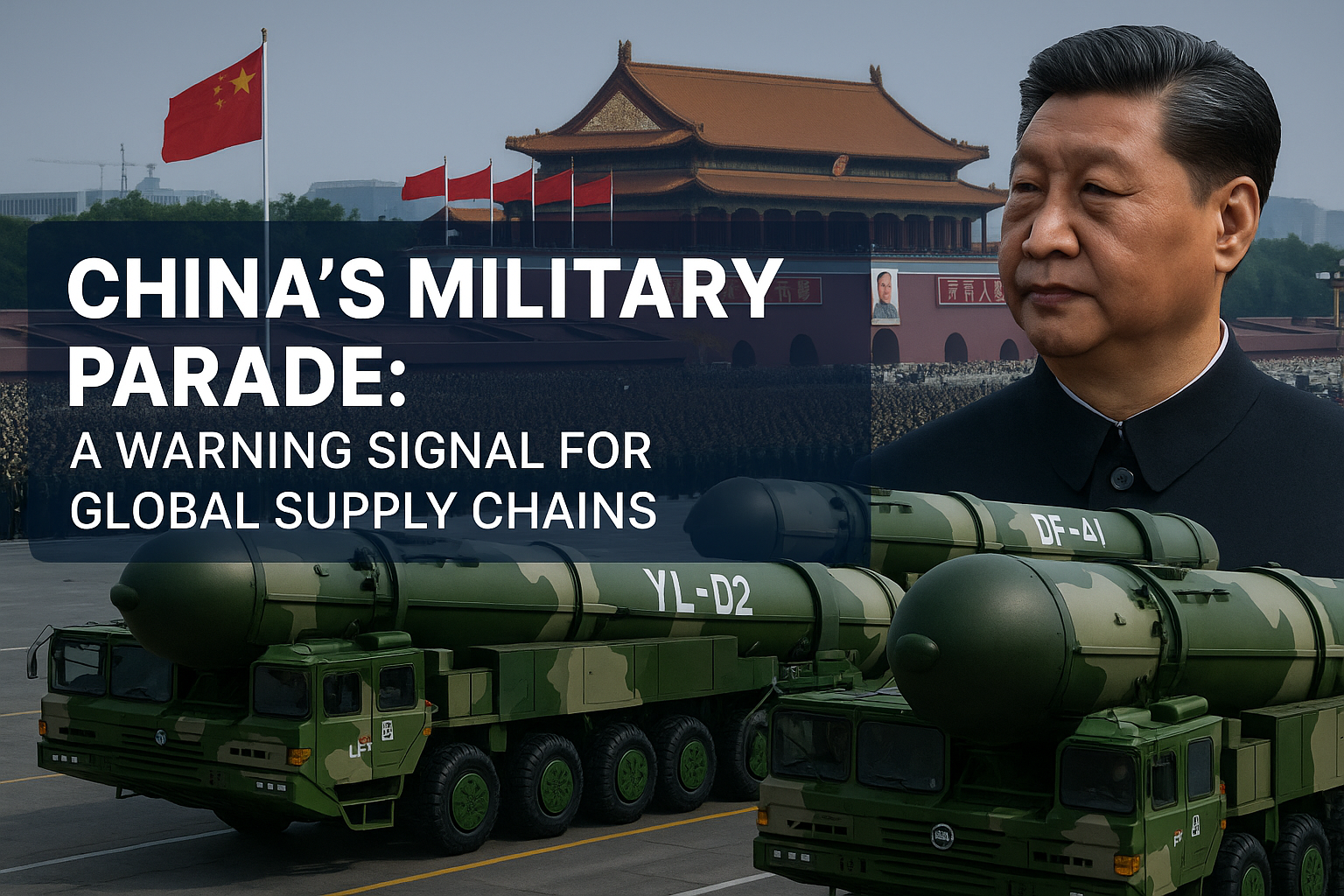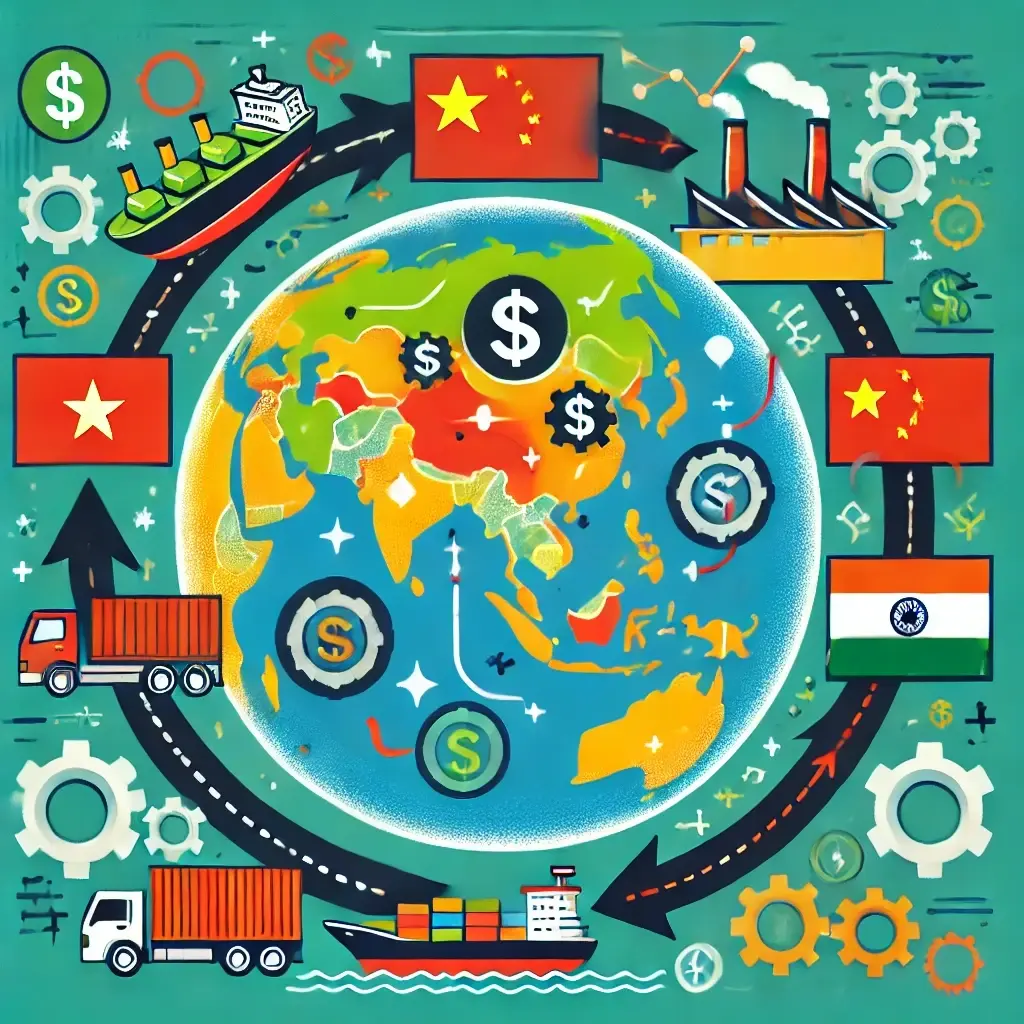Diversifying Supply Chains: Moving Beyond China and Unlocking New Opportunities Across Asia
The global manufacturing landscape is undergoing a seismic shift. The longstanding dominance of China as the world's go-to manufacturing hub is being challenged by escalating geopolitical tensions, rising labor costs, and a more complex regulatory environment. As a result, many companies are beginning to reimagine their supply chains and look to other Asian countries such as Vietnam, India, Bangladesh, and Indonesia as viable alternatives. But diversification isn't just a trend—it's a necessity for businesses aiming to future-proof their operations. Yet, transitioning out of China presents unique hurdles that require a nuanced understanding of each new market. It’s a strategic move that, if executed well, can redefine a company's operational resilience and competitiveness.
Why Diversify Now?
For decades, China’s combination of cost efficiency, scalability, and an established supplier network made it nearly impossible for other countries to compete. The equation was simple: if you wanted a reliable, low-cost solution with a relatively straightforward supply chain, China was the answer. However, several factors have drastically altered this once-stable landscape:
- Rising Costs: Labor and production costs in China have surged in recent years, narrowing the price gap with other manufacturing hubs. The once-significant cost advantage is no longer as compelling as it used to be.
- Geopolitical Uncertainty: Ongoing trade disputes, increasing tariffs, and mounting political tensions between the US and China have added a layer of uncertainty for businesses relying solely on Chinese production.
- Supply Chain Vulnerability: The COVID-19 pandemic revealed the fragility of relying on a single country. Factory shutdowns, shipping delays, and supply chain disruptions prompted businesses to rethink their strategies.
These factors make it clear that the risks of putting all manufacturing eggs in one basket have never been higher. However, companies cannot simply uproot their supply chains and transplant them into other countries without considerable forethought and planning.
The Reality of Transitioning Production: Key Challenges to Overcome
Challenge #1: The Myth of "Plug and Play" Manufacturing Hubs
Transitioning production to other Asian countries is often oversimplified as a straightforward "plug and play" solution. In reality, each country presents its own set of complexities that can derail even the best-laid plans. For example, Vietnam’s production ecosystem is rapidly evolving, but it doesn’t yet have the depth or scalability of China’s vast network. Indian regulations can be daunting and time-consuming to navigate, with import duties and labor laws that require close attention to detail. Bangladesh’s infrastructure, while improving, still faces logistical challenges that can complicate large-scale production.
Furthermore, localizing supply chains means aligning with the country’s unique business culture, negotiating styles, and compliance standards. Without local expertise and a deep understanding of these nuances, companies can find themselves struggling with production delays, compliance issues, and quality shortfalls. It's not just about finding a new factory—it's about understanding how that factory operates within its local ecosystem and how it aligns with your brand’s requirements.
Challenge #2: Maintaining Quality Control and Compliance
Chinese manufacturing has long been synonymous with efficient production processes and a well-oiled supply chain network. However, new hubs across Asia are still developing these capabilities. Ensuring that quality standards are upheld can be a significant hurdle, especially when local factories may lack the refined production processes and stringent oversight found in China.
Quality control becomes a multi-faceted challenge in these markets. It’s not just about monitoring the final product but managing the entire supply chain to ensure consistency. From raw material sourcing to final assembly, each step requires diligent oversight to prevent issues such as inconsistent specifications, defects, and delivery delays. Additionally, compliance with international standards such as ISO certifications or industry-specific regulations can vary widely across countries. This disparity means that establishing a reliable quality assurance system is not a one-size-fits-all approach—it’s a custom-built solution tailored to each country’s unique production environment.
Challenge #3: Building Supplier Relationships from the Ground Up
One of the often-overlooked advantages of manufacturing in China is the longstanding business relationships that companies have cultivated over the years. These relationships, built on trust and mutual understanding, streamline negotiations, ensure smoother operations, and provide a reliable fallback when issues arise.
In a new manufacturing hub, these relationships need to be rebuilt from scratch. This involves not only vetting suppliers for their production capabilities but also understanding their local supply chain, market positioning, and ability to scale as needed. For example, a supplier in Vietnam might have excellent production facilities but be hampered by subpar logistics or raw material sourcing that affects product quality and delivery times. Building a solid relationship in these environments takes time, effort, and, most importantly, local presence to mitigate the risks associated with starting fresh.
Challenge #4: Regulatory and Trade Compliance
Regulations around labor, environmental standards, and trade can differ widely between countries and are constantly evolving. Navigating these complexities is especially challenging for companies unfamiliar with local regulations. In India, for instance, the tax structure can be cumbersome to navigate, while in Vietnam, understanding the implications of various trade agreements, such as the Comprehensive and Progressive Agreement for Trans-Pacific Partnership (CPTPP), can unlock cost-saving opportunities but requires a deep understanding of legal frameworks.
Compliance is a moving target, and without local legal expertise, businesses can find themselves on the wrong side of the law, facing hefty fines or delays in production. Establishing a robust compliance framework is critical to maintaining operational continuity and avoiding costly setbacks.
Unlocking Opportunities Beyond China
Despite these challenges, the potential rewards of diversifying supply chains are substantial:
- Cost Efficiency: Many Asian countries, such as Vietnam and Bangladesh, offer labor costs that are 30-50% lower than China’s. For companies producing high-volume, low-margin products, this can be a game-changer. The savings realized can be reinvested into other critical areas such as innovation, marketing, or expanding into new markets.
- Access to Specialized Manufacturing Capabilities: Emerging markets are heavily investing in developing specialized manufacturing sectors to attract foreign investment. India, for example, is emerging as a hub for pharmaceuticals and textiles, while Vietnam’s electronics manufacturing capabilities are growing rapidly. Leveraging these specialized sectors can provide companies with a competitive edge in their respective industries.
- Government Incentives and Favorable Trade Agreements: Many countries are rolling out the red carpet for foreign manufacturers, offering tax breaks, subsidies, and favorable trade agreements. For instance, Bangladesh offers special economic zones (SEZs) with zero tariffs for certain imports and favorable loan terms for foreign companies. These incentives, when properly leveraged, can significantly reduce costs and streamline operations.
Strategic Approach: Building a Multi-Hub System for Resilience
Diversifying supply chains is not just about finding a cheaper alternative to China. It’s about strategically positioning your business to withstand global shocks, mitigate risks, and capitalize on new opportunities. This requires a multi-hub system that leverages the unique strengths of various countries.
For example, a company might use Vietnam as its base for electronics production, India for textiles and apparel, and Bangladesh for garment manufacturing. This multi-hub approach not only optimizes costs but also mitigates risks associated with over-reliance on any single country. It creates a more resilient and agile supply chain that can quickly adapt to changing market conditions or geopolitical landscapes.
How to Execute a Successful Supply Chain Diversification Strategy
Executing a successful diversification strategy requires more than a theoretical understanding of different markets. It demands local expertise, a deep network of vetted suppliers, and an understanding of how to navigate the unique challenges each country presents. This is where having an experienced partner like Asia Agent Pte Ltd becomes invaluable. With our extensive experience across Asia’s manufacturing hubs, we help businesses transition their supply chains by:
- Comprehensive Market Research: We analyze potential hubs based on your specific industry needs, from production capabilities to local regulatory requirements.
- Supplier Vetting and Relationship Building: We identify and vet potential suppliers, ensuring they meet your quality and production standards, and facilitate relationship-building to establish long-term partnerships.
- Quality Control and Compliance Assurance: Our team conducts regular inspections, quality checks, and compliance assessments to ensure your products meet the highest standards.
- Strategic Guidance on Incentives and Trade Agreements: We provide insights into local government incentives and trade agreements that can reduce costs and streamline operations.
Ready to Make the Leap?
Diversifying your supply chain isn’t just about responding to current global pressures—it’s about future-proofing your business for the long term. It’s about leveraging Asia’s diverse manufacturing capabilities to create a resilient and agile supply chain. Are you ready to move beyond China and unlock new opportunities across Asia? Let Asia Agent be your trusted partner in this transformative journey.




